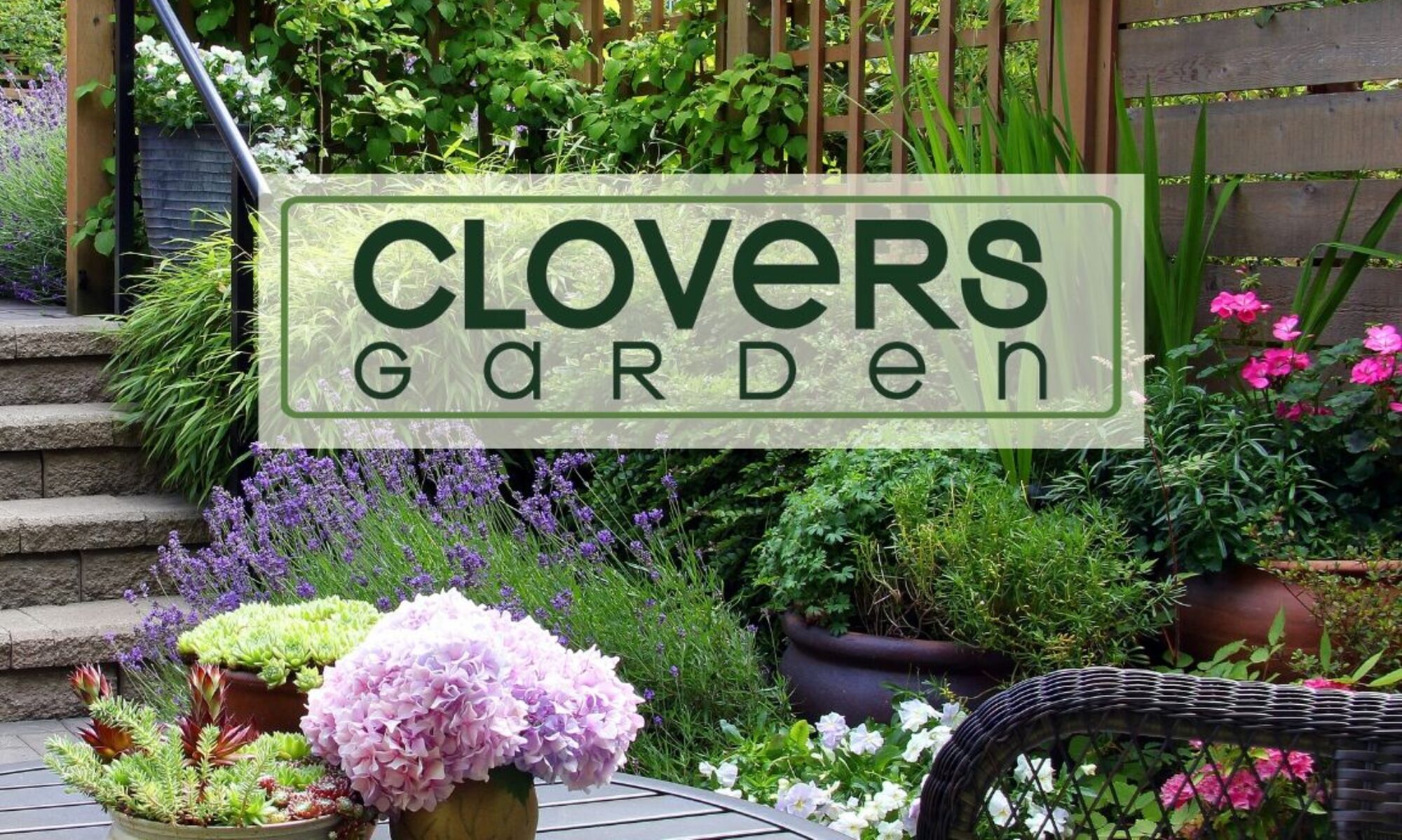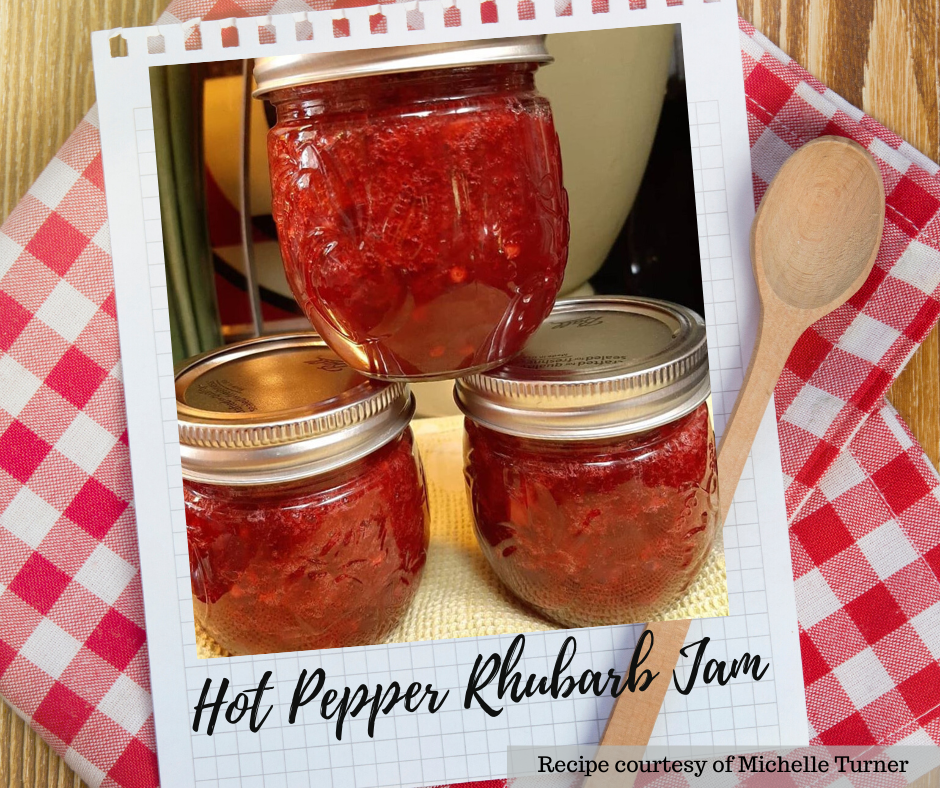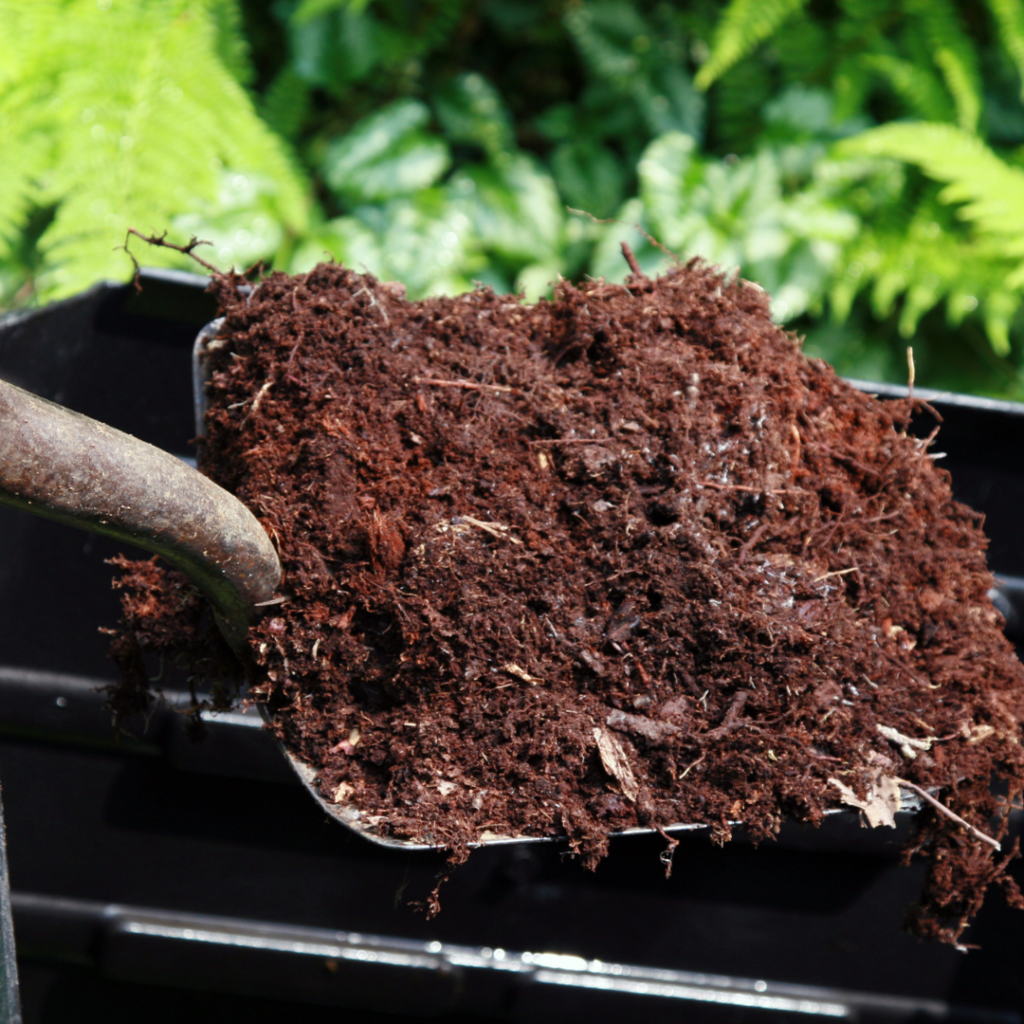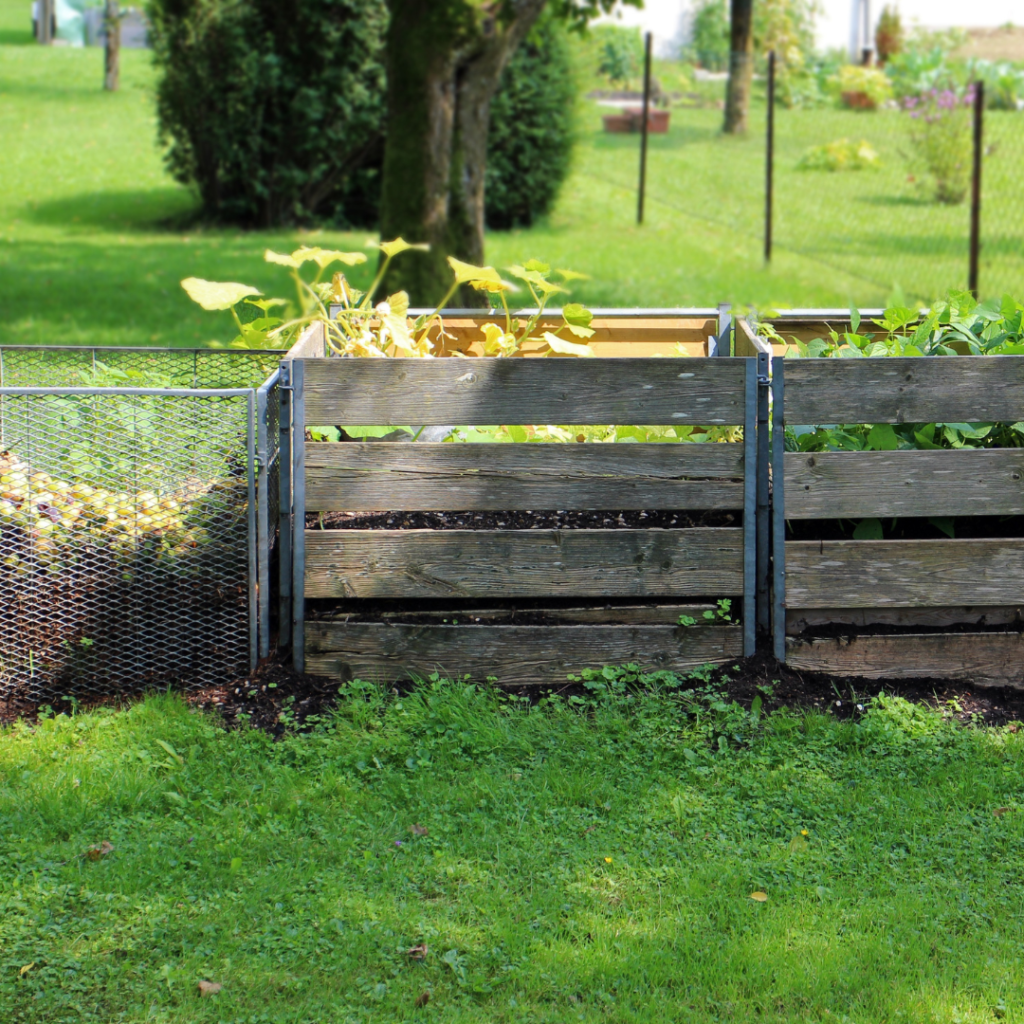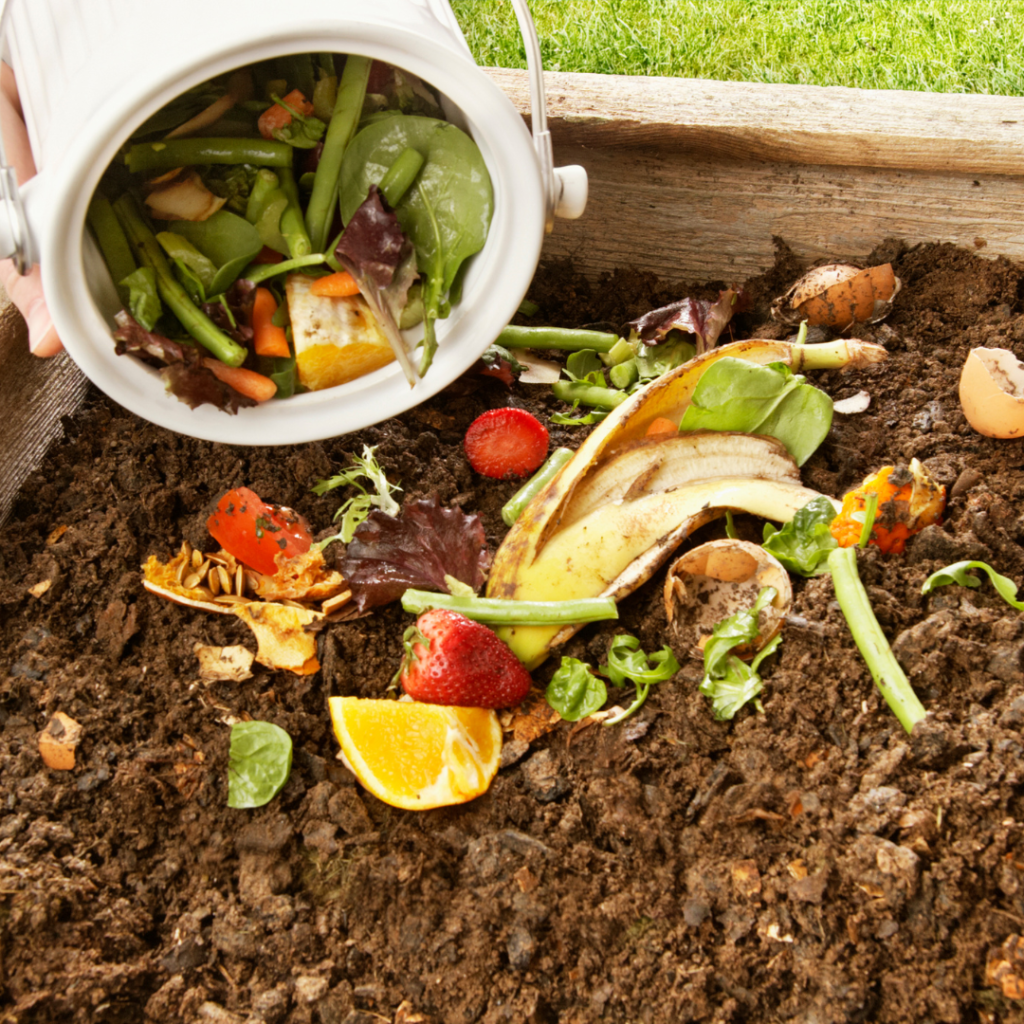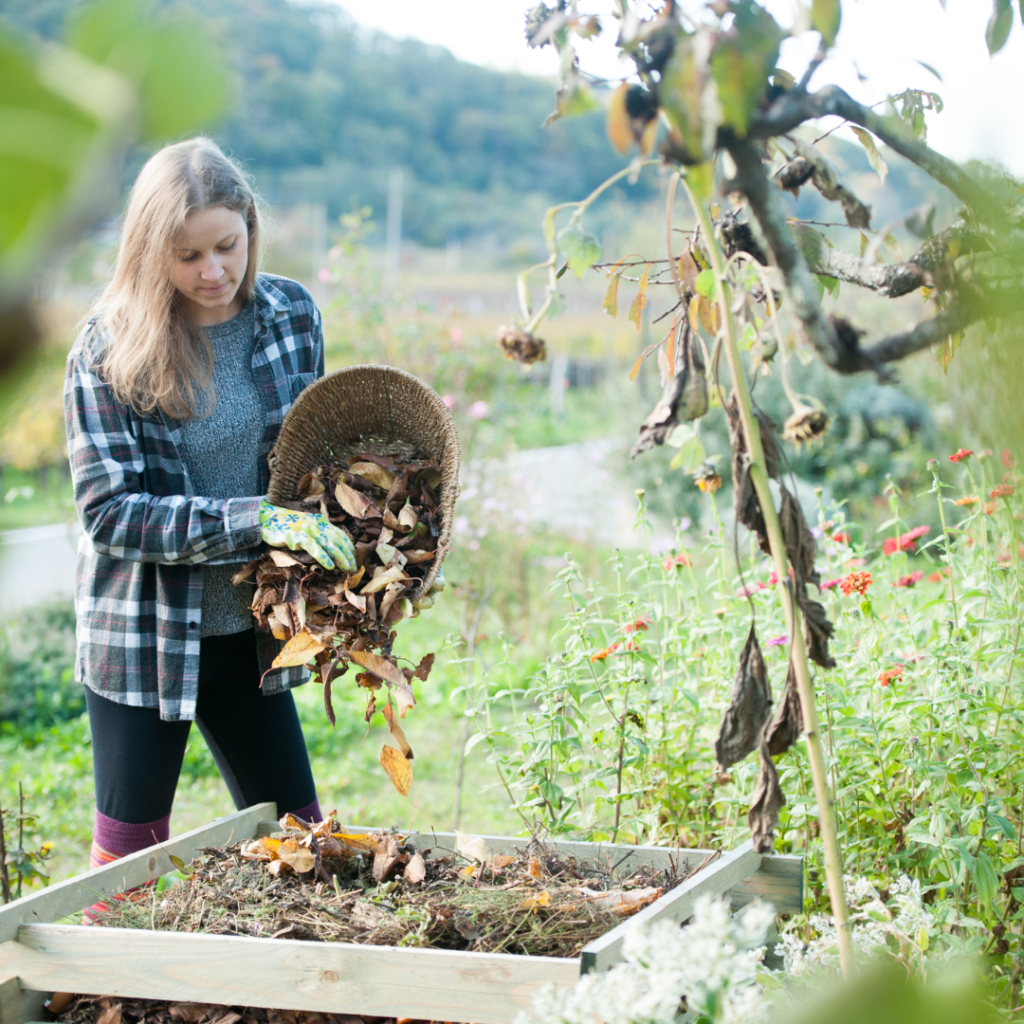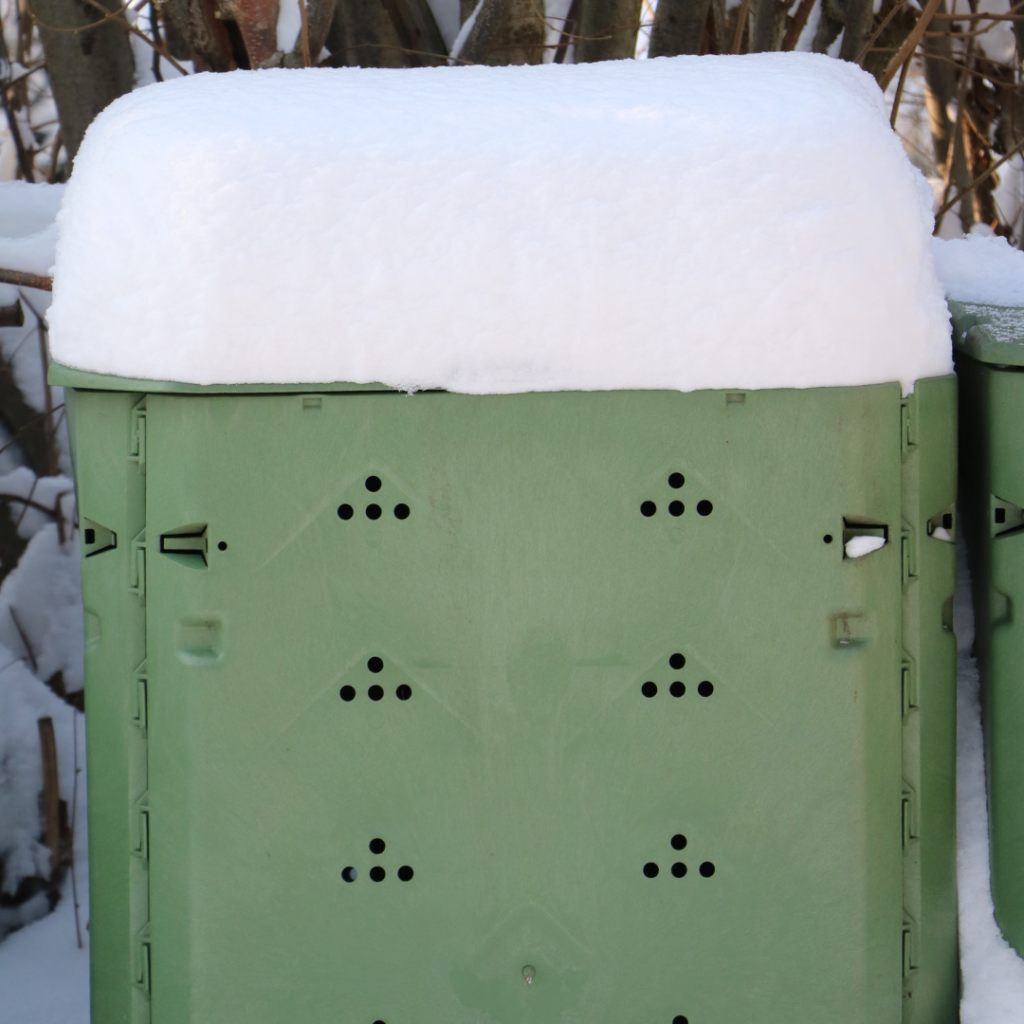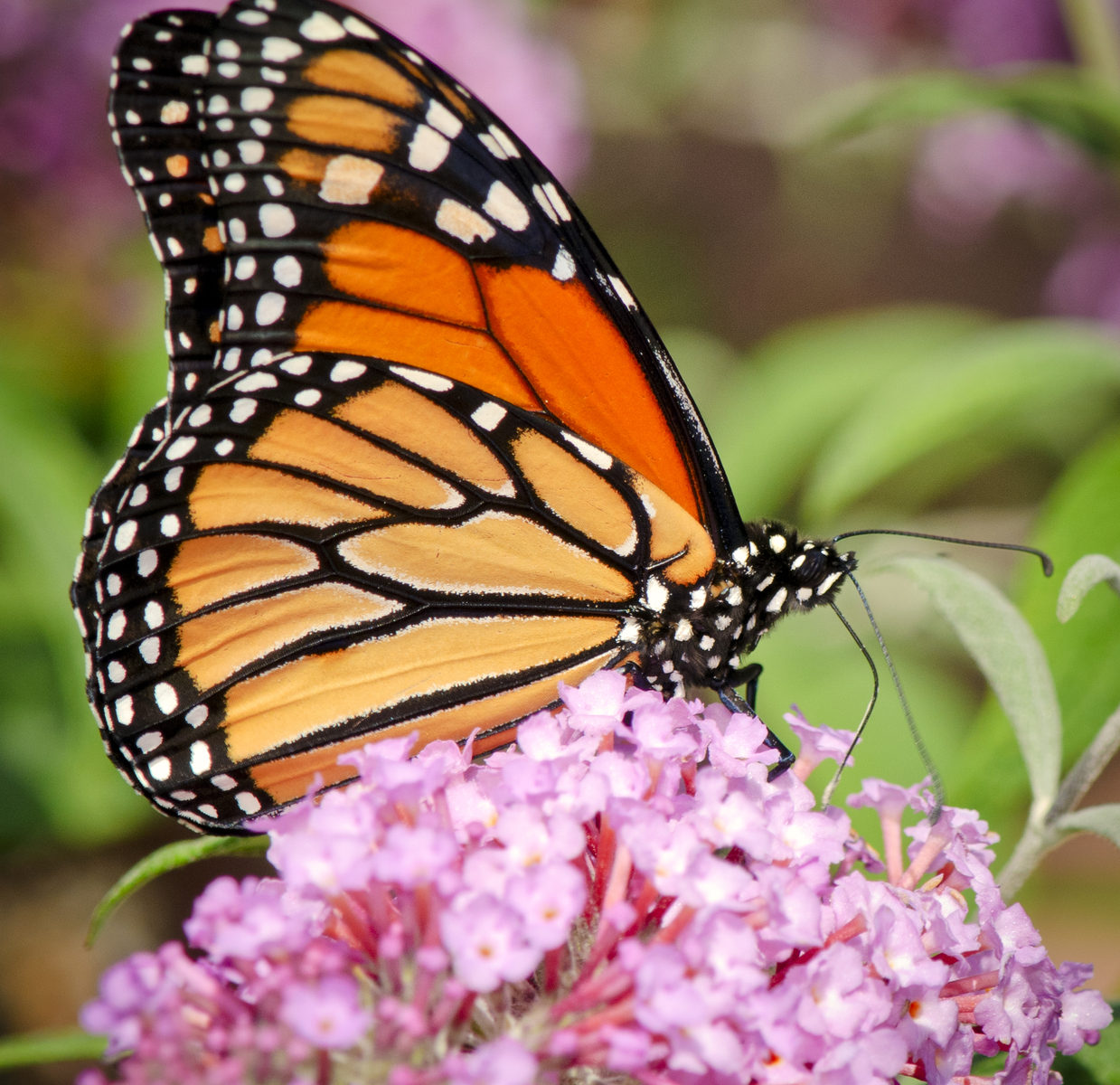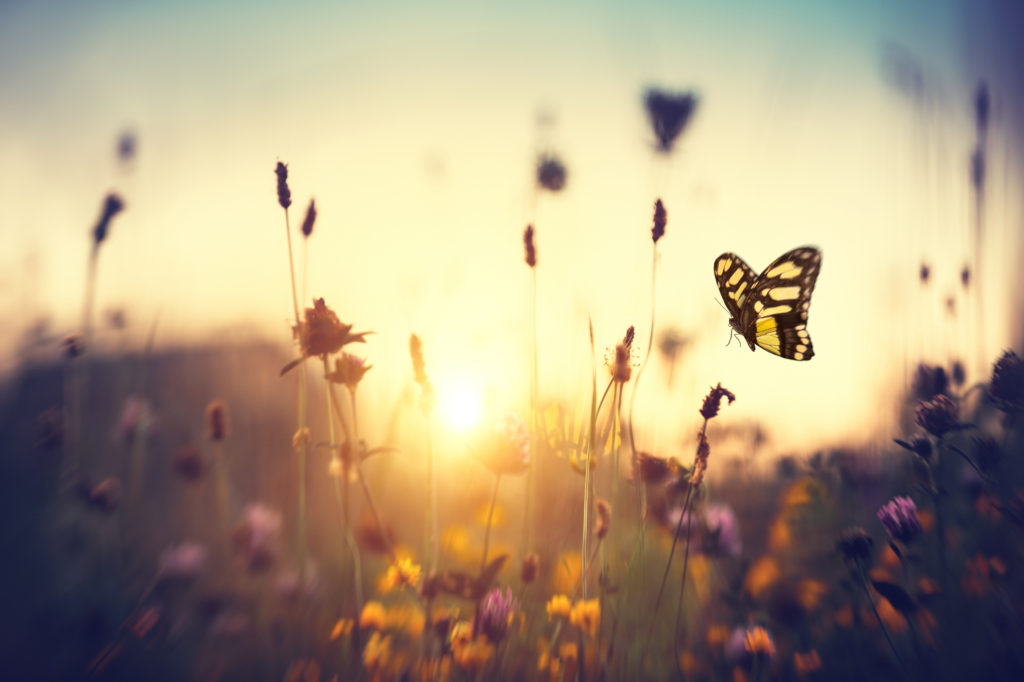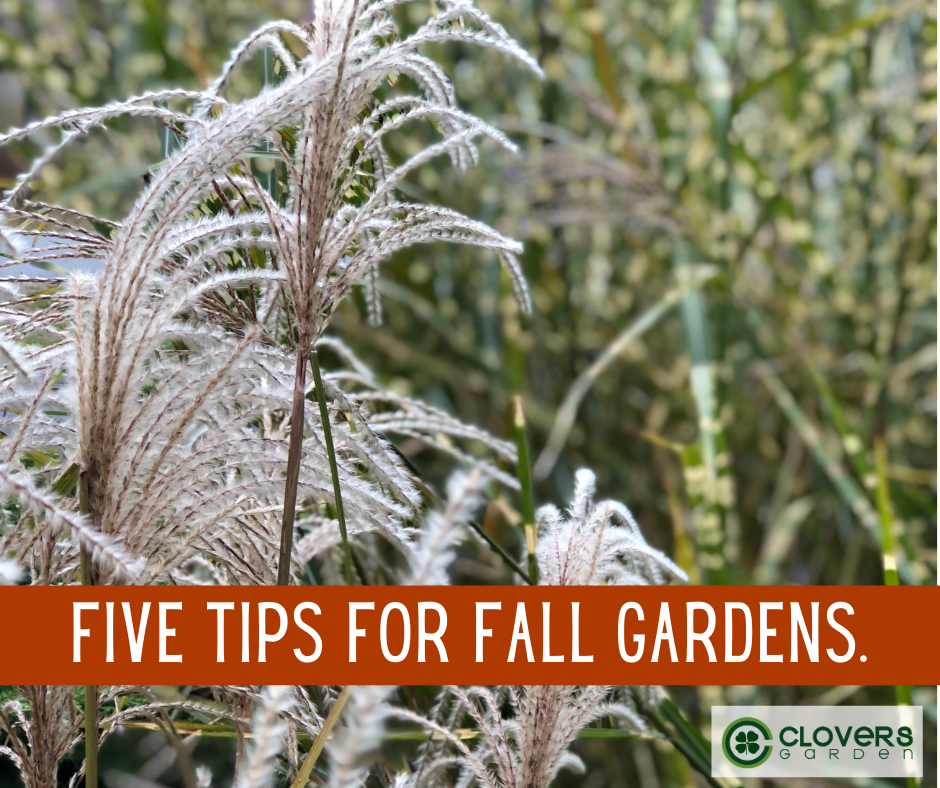
For many of us, autumn gardening means packing up and battening down for winter. But there is still lots to do and time to enjoy our backyards. These five garden tasks will help your garden right now and give you a healthy head start for Spring.
Five Fall Garden Tasks
- Leave as much plant debris as possible. Yes, that means less work for you and a head start on a better garden next year! You’d be amazed by how many beneficial insects and worms depend on that debris to survive winter. Frogs, worms, and large insects burrow into the ground because the leaves provide insulation; bees and beneficial insects hide out in hollow stems of plants and under bark of woody branches; butterflies create an overwintering chrysalis and attach it to stems and branches; some insects lay eggs inside seed pods, and your feathered friends have a protein-rich bug buffet to snack on all winter. You should, however, dispose of plants that suffered from diseases such as blight or leaf spot. Be sure to cut those away and dispose of away from your compost pile or garden soil.
- Bring outdoor plants in without bugs. Before it turns cold, it’s time to bring your favorites back into the house (or a greenhouse if you’re lucky). But they, too, can be home to insects you may not want in an enclosed space. The best treatment is to douse the leaves (on both sides) with Neem oil. This is an organic treatment, safe for most plants, but it does have an off-putting odor and can stain so be sure to spray outside. Choose a calm, overcast day, follow dilution directions on the bottle, check your plant species on the label or spot test on a leaf, cover all leaves and let dry for 24 hours before bringing indoors.
- Start a garden journal. After a glorious summer of gardening, we all think we’ll remember every minute! But next spring when you’re trying to buy that same variety of tomato or discern what is actually poking through the soil, you’ll wish you kept notes. If you haven’t already done this, start a dedicated gardening journal (a three-ring binder works great). Record where and what you planted, note what did well and what didn’t, mark down your favorites so you can find them next year, and take a few pics to include for reference. For large perennial gardens, this become a valuable reference tool for adding in new pieces each year or for future owners.
- Clean your tools. This is a step most of us are guilty of skipping but it’s worth a little extra effort at the end of the season. It’s important because it removes disease remnants so you won’t spread to next year’s garden but also prolongs the life of your tools.
- Start by removing soil with a scrub brush dipped in a mild dish soap or bleach solution. Rinse with clean water. If you’ve cut something sappy, you may need a little rubbing alcohol or paint thinner to clean blades of pruners or shears. Dry thoroughly.
- Check the condition of all tools and sharpen blades as need. In most cases a good sharpening stone can restore your cutting power. If you see spots of rust, try to remove with a wire brush, rinse, dry, and then wipe down with a tiny bit of motor oil before storing. This will slough off in the soil next year so no need to remove.
- Once clean, rub all other tools down with balled up wax paper to give it a slight protective coat over winter.
- For wood handled tools, run linseed oil over each handle to keep from cracking.
- Store hanging and off the floor as this may cause damage to the edge or handle.
- Plant something! No matter where you live Fall is not the end of gardening season. In Northern climates this is the time of year to plant garlic, fall crop greens like lettuce or spinach, flowering spring bulbs, and herbs for an indoor garden. In Southern zones, you can still plant fruits and veggies outside or in pots and harvest another crop of tomatoes, peppers, or herbs.
We keep a good selection of garden plants as long as we can — especially tomatoes, peppers, and herbs for our Southern gardening friends. Check here for what’s in stock. We ship Priority so it will get there quickly.
